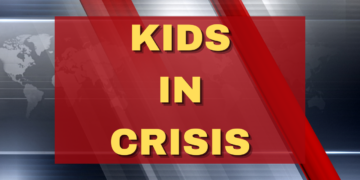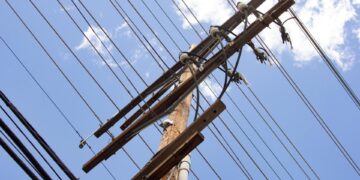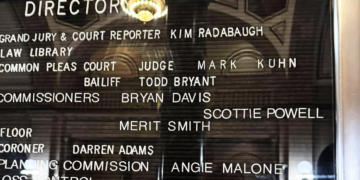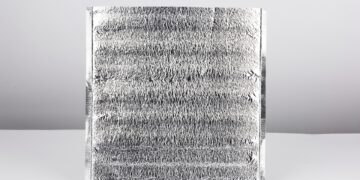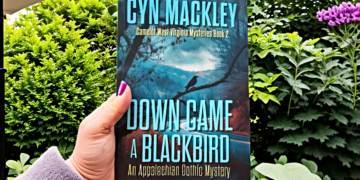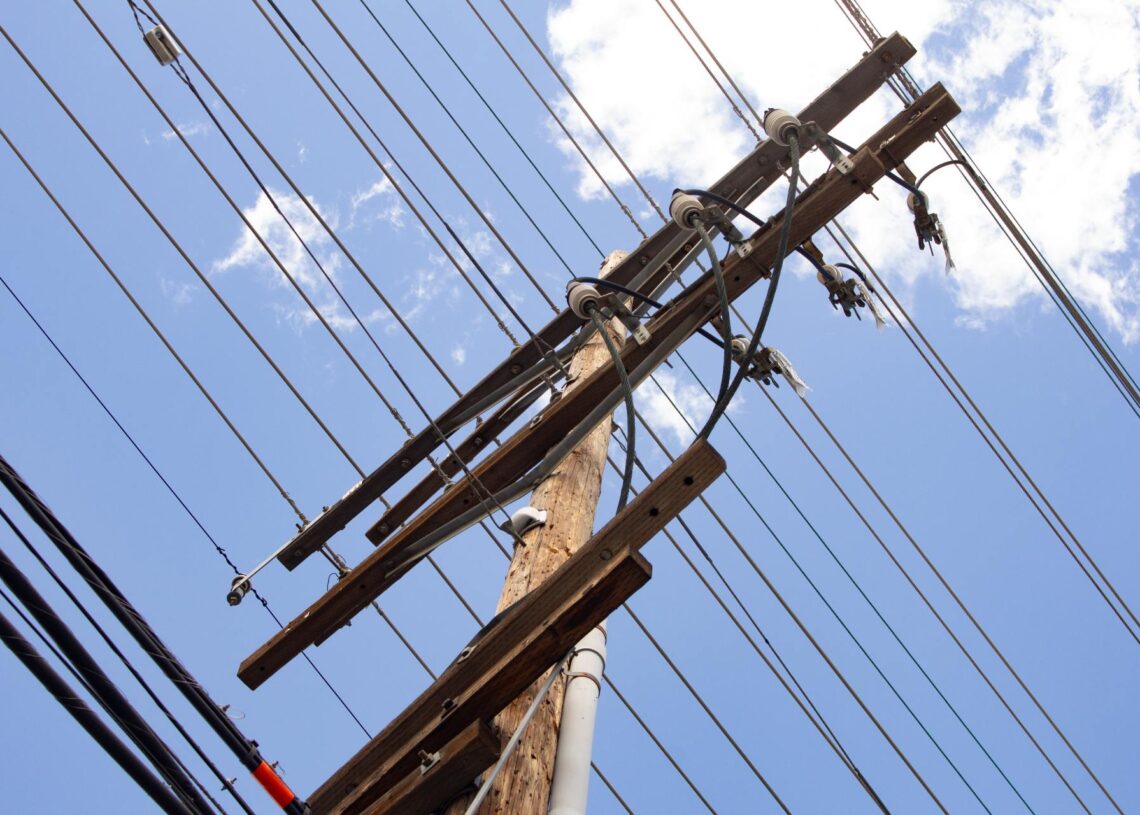Utility poles are essential infrastructure that power our homes, connect our communications, and light our streets. But while they stand strong against wind and weather, these towering structures face a surprisingly diverse array of threats from the natural world. Understanding how nature threatens utility poles is crucial for utility companies, homeowners, and community planners alike.
Woodpeckers: The Unexpected Culprits
Woodpeckers might seem like harmless backyard visitors, but they can cause significant damage to wooden utility poles. These birds peck holes into poles to create nesting cavities or to search for insects living within the wood. Over time, these holes weaken the pole’s structural integrity, making it more susceptible to breaking during storms or high winds.
The damage isn’t always immediately visible, which makes regular inspections essential. Many utility companies have begun researching how to address woodpeckers on utility poles. Some of them have even wrapped vulnerable poles with protective materials or used deterrent devices to keep woodpeckers at bay.
Termites and Wood-Boring Insects
Termites and other wood-boring insects pose one of the most serious threats to utility poles. These pests burrow deep into the wood, consuming it from the inside out. By the time external damage becomes apparent, the internal structure may already be severely compromised.
Subterranean termites are particularly problematic because they enter poles at or below ground level, where detection is most difficult. Regular treatment with preservatives and ground-line inspections can help identify infestations before they cause catastrophic failure.
Weather-Related Stress
While utility poles are designed to withstand normal weather conditions, extreme events test their limits. Heavy ice accumulation adds tremendous weight to lines and poles. Strong winds create lateral forces that can snap weakened poles. Lightning strikes can split poles or cause internal damage that isn’t immediately visible.
The cumulative effect of repeated weather stress weakens poles over time, even if they survive individual events. This is why poles that have weathered multiple storms may need replacement sooner than expected.
Taking Action to Protect Infrastructure
Understanding these natural threats is the first step toward protecting utility poles in your community. Here’s what various stakeholders can do:
For utility companies: Implement regular inspection programs to assess pest damage, decay, and structural integrity. Use modern diagnostic tools, such as resistograph testing, to detect internal damage before it becomes critical.
For property owners: Report damaged poles to your utility provider immediately. Keep vegetation trimmed away from poles and power lines. Never attach items to utility poles, as this can create entry points for moisture and pests.
For community planners: Consider natural threats when planning new utility infrastructure. Choose pole materials and treatments appropriate for local environmental conditions.
Safeguarding Your Community’s Lifelines
Utility poles are constantly under pressure from multiple natural threats. From tiny termites to powerful storms, these forces work continuously to compromise our essential infrastructure. By staying vigilant and investing in preventive maintenance, communities can ensure their utility poles remain safe and functional for years to come.


